Guide To Installing Farmland Drip Irrigation Systems And Connecting Drip Tape
Drip irrigation is a controllable localized irrigation technique, which offers convenience in operation, water-saving, fertilizer-saving, pesticide-saving, quality improvement, high efficiency in yield, and the ability to effectively control temperature and humidity. It is particularly suitable for promotion in greenhouse cultivation of vegetables and strawberries, among other crops.
Field Installation Requirements for Drip Tape: For the installation of the drip tape, the guide wheel should rotate flexibly, and the guide ring should be smooth. It is best to wrap it with a film to prevent the drip tape from being scratched or worn during installation. The drip tape should not be too tight and should have some slack to allow for free expansion and contraction, avoiding difficulties in installation if too tight. However, it should not be too loose to prevent unnecessary waste. When installing single-wing labyrinth drip tape, the protruding side of the flow channel should face upward.
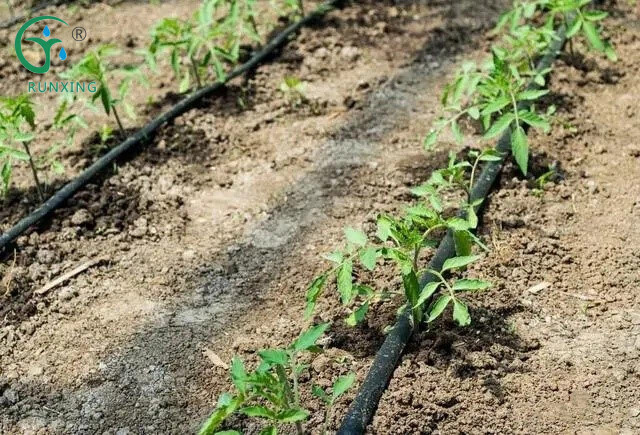
For in-line drip tape, the dripper face (drip hole) should be facing upward. Once the installation device is in operation, it is strictly prohibited to move backward. During the installation process, any disconnected parts should be promptly connected with a straight connector to prevent sand and other debris from entering, which could cause inconvenience in future management and operation. The connections of the drip tape should be tight and sealed, with the drip tape tied tightly between two pipes and the ends sealed to block the water flow.
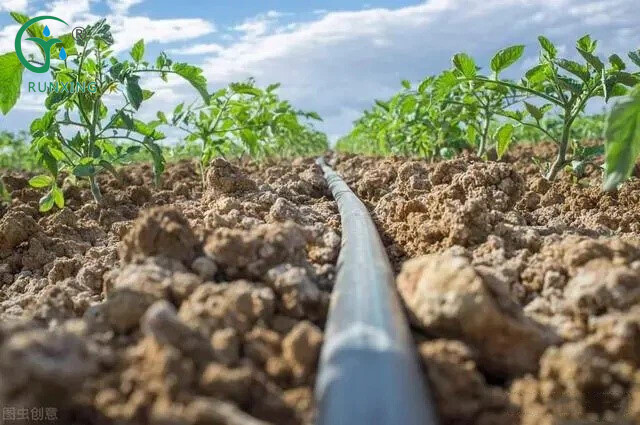
Installation of Main Pipe, Auxiliary Pipe, and Connection with Lateral Pipe:
Connection Methods: Currently, there are three main methods for laying out drip irrigation pipe systems in the field: main pipe + auxiliary pipe + lateral pipe, single pipe + lateral pipe, and double main pipes + lateral pipe.
1.Main Pipe + Auxiliary Pipe + Lateral Pipe Method: Generally, the diameters of the main and auxiliary pipes are de63~de75, de32, or de40. The auxiliary pipe is laid parallel and close to the main pipe, divided into several sections. Water is distributed from the main pipe, then supplied to the lateral pipe through the auxiliary pipe.
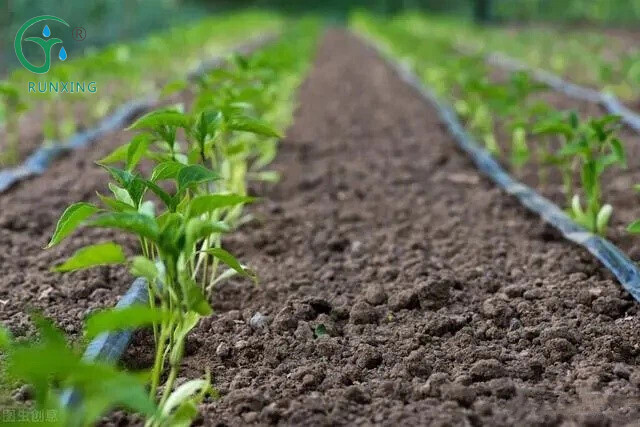
2. Single Pipe + Lateral Pipe Method: The diameter of the main pipe can range from 90 mm to 110 mm (approximately 3.5 to 4.3 inches)., and the lateral pipe is directly connected to the main pipe.
3.Double Main Pipes + Lateral Pipe Method: Using long and short main pipes for connection, the area of the irrigation zone with two main pipes is equivalent to half of the "single pipe + lateral pipe" system. This method is similar to the main pipe + auxiliary pipe method in terms of requirements for underground main pipes and is suitable for system renovation and for wide strip fields using the main pipe rotational irrigation method.
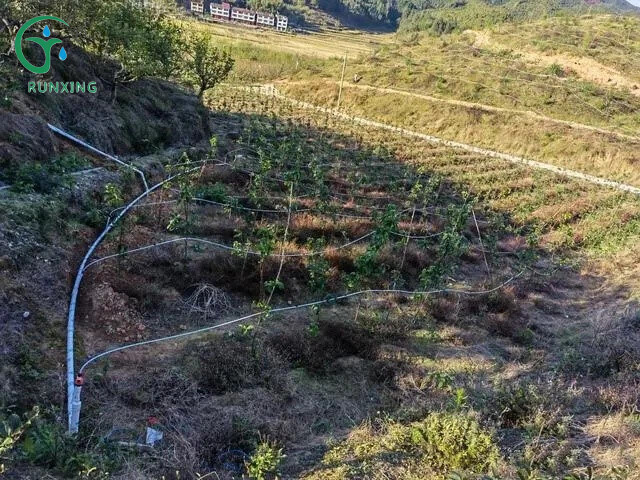
Installation Methods:
1.The main pipe should be laid perpendicular to the direction of the main pipe, and according to design requirements, one end of the main pipe should be connected to the main pipe. The connection between the main pipe and the auxiliary pipe should use socket tees or cross valves. During installation, the main pipe should not be pulled too tight and should be kept in a free bending state to prevent deformation and dislocation due to temperature changes. Thick-walled main pipe ends must be plugged, and thin-walled main pipe ends can be folded and tied with wire.
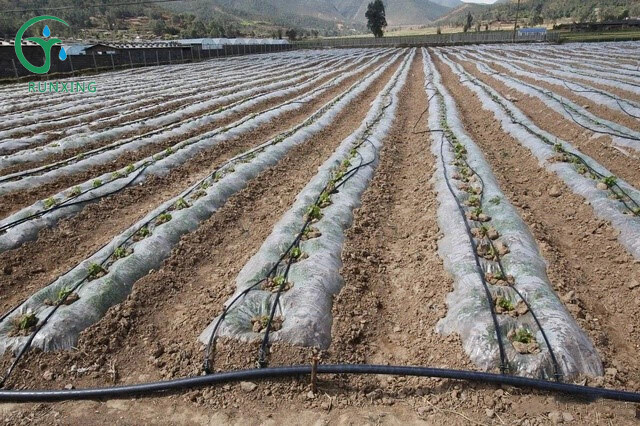
2.The auxiliary pipe and the main pipe should be laid in parallel and horizontally across the furrows. The auxiliary pipe connects the main pipe and distributes water to the lateral pipes. One end of the auxiliary pipe should use a tee to connect to the main pipe, and the other end should be plugged or folded and sealed. During installation, dragging the pipes on the ground is strictly prohibited to avoid pipe damage.
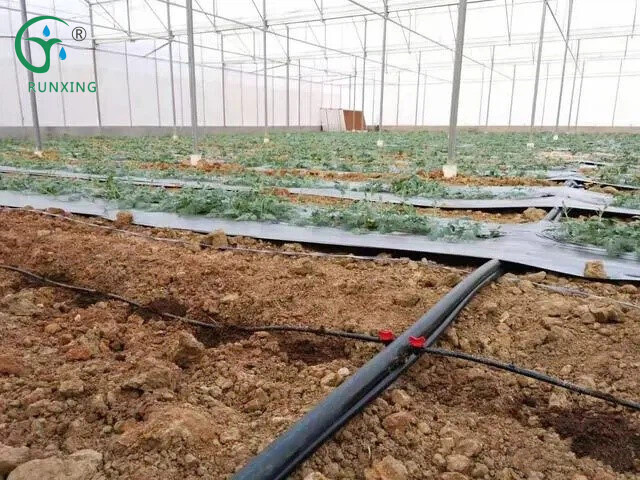
3.During installation, punch holes in the auxiliary pipe corresponding to the drip tape, install snap-on tees, cut the drip tape at the installed snap-on tees, connect the drip tape to the snap-on tees by insertion, and tighten to prevent water leakage. The end of the drip tape should be tied to stop water flow.
RainStar Drip Irrigation – Excellence in Every Drop
About Us
We are dedicated to offering innovative, water-saving, and labor-saving irrigation solutions for agriculture worldwide. Our focus on quality and continuous innovation drives the development and progress of the industry.
LOGO
This stunning beach house property is a true oasis, nestled in a serene coastal community with direct access to the beach.
Opening Hours
Monday - Friday : 9AM to 5PM
Sunday: Closed
Closed during holidays
Contact
+18888888888
hezuo@eyingbao.com123 West Street, Melbourne Victoria 3000 Australia
